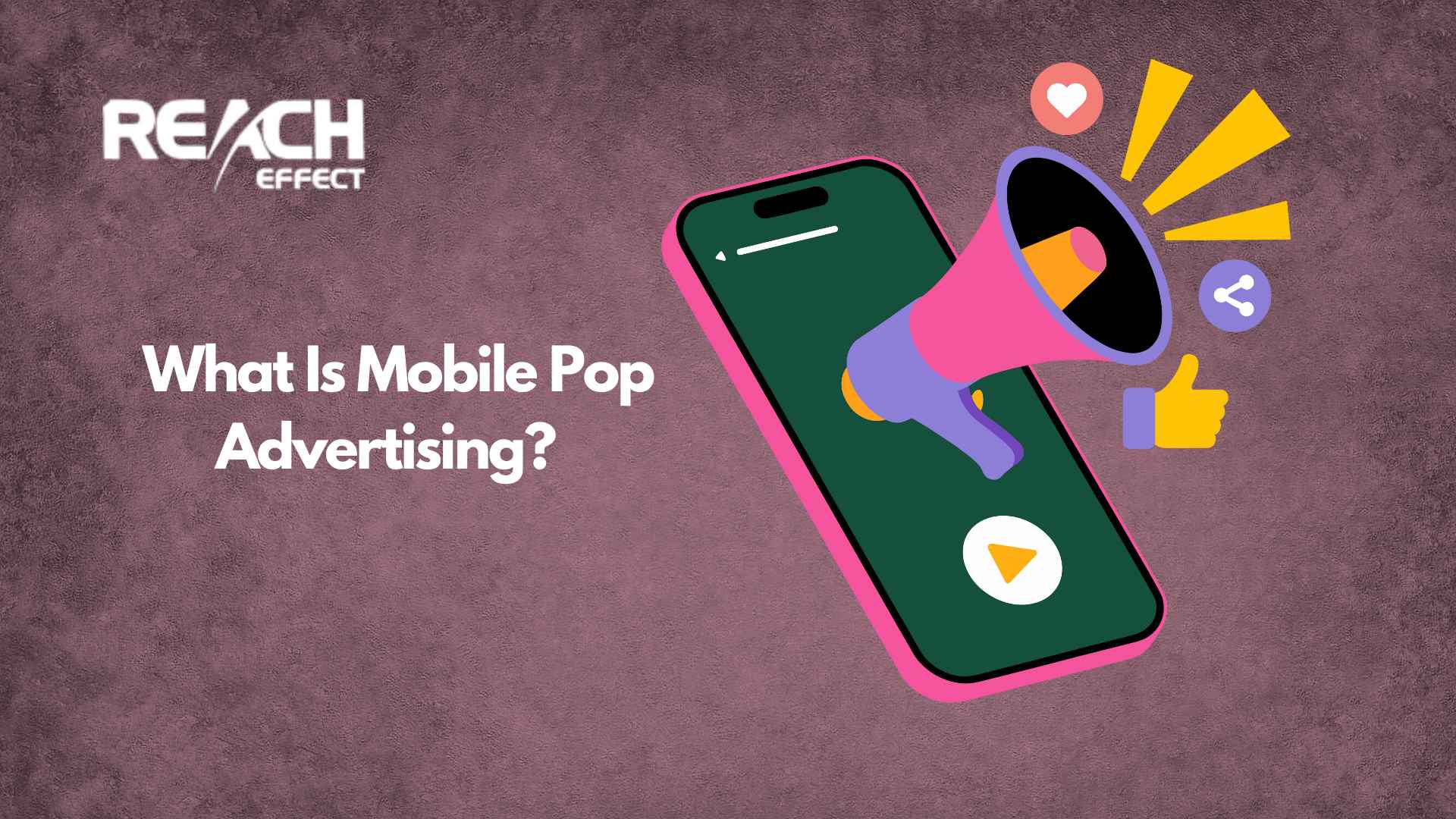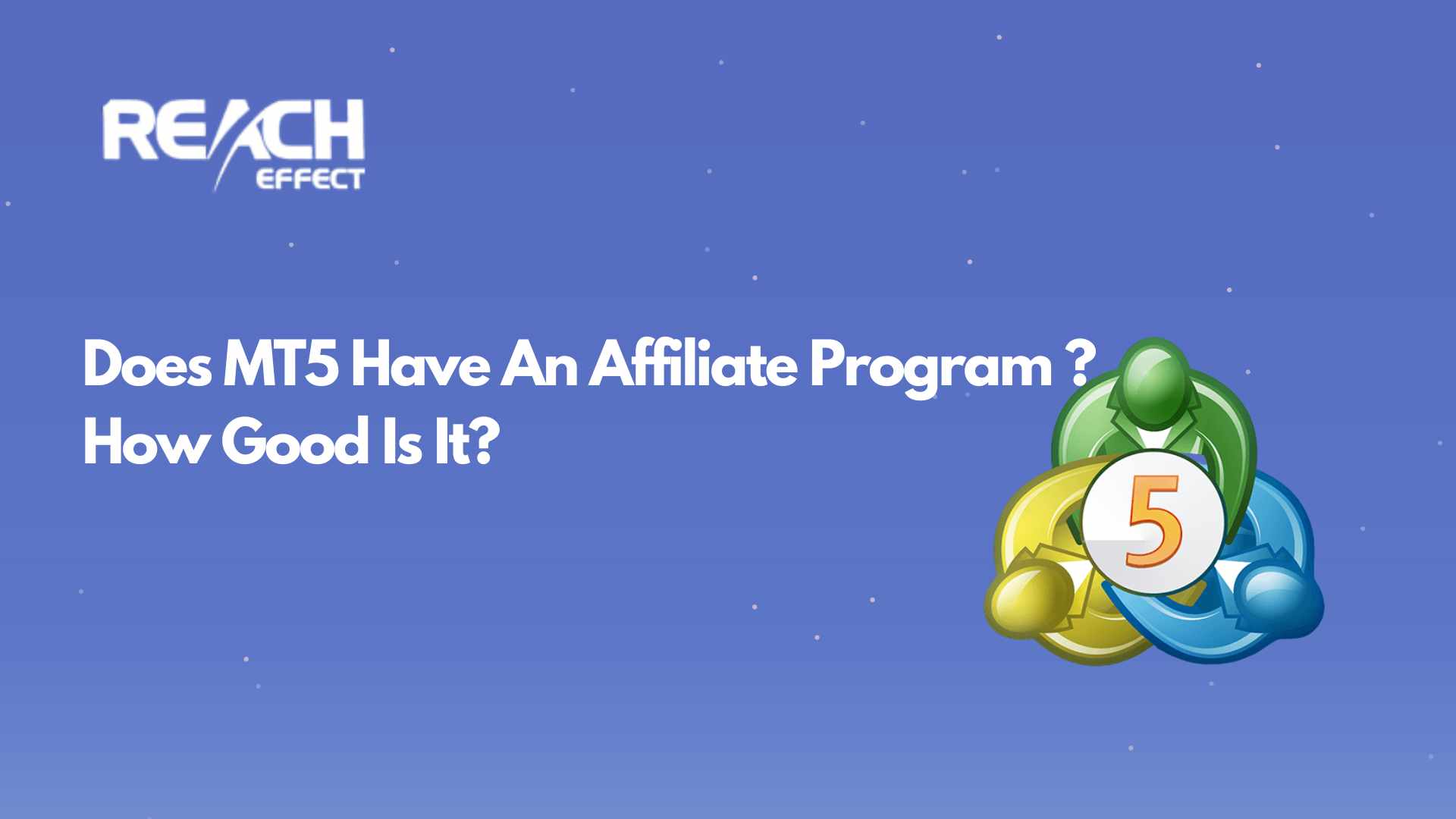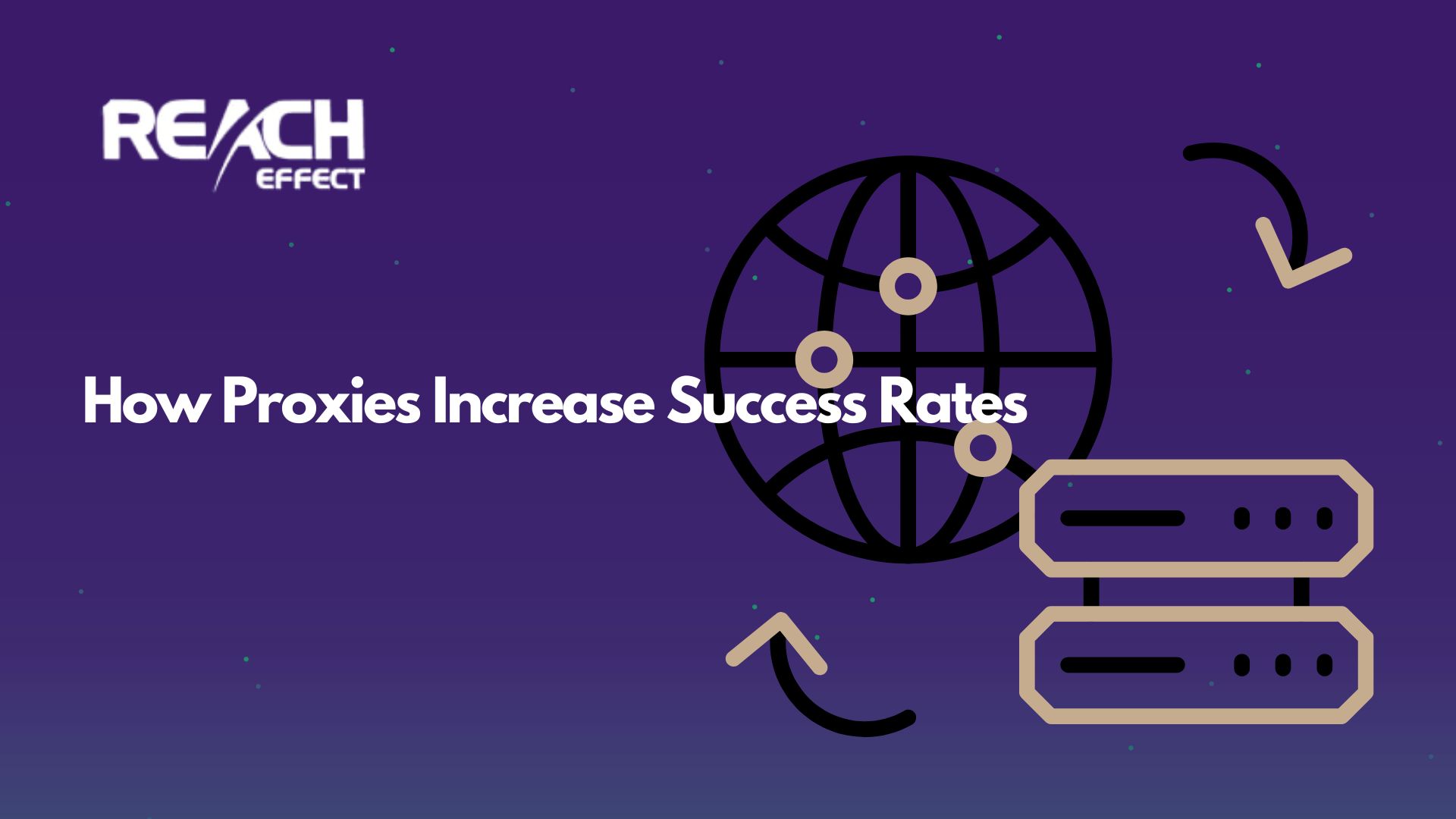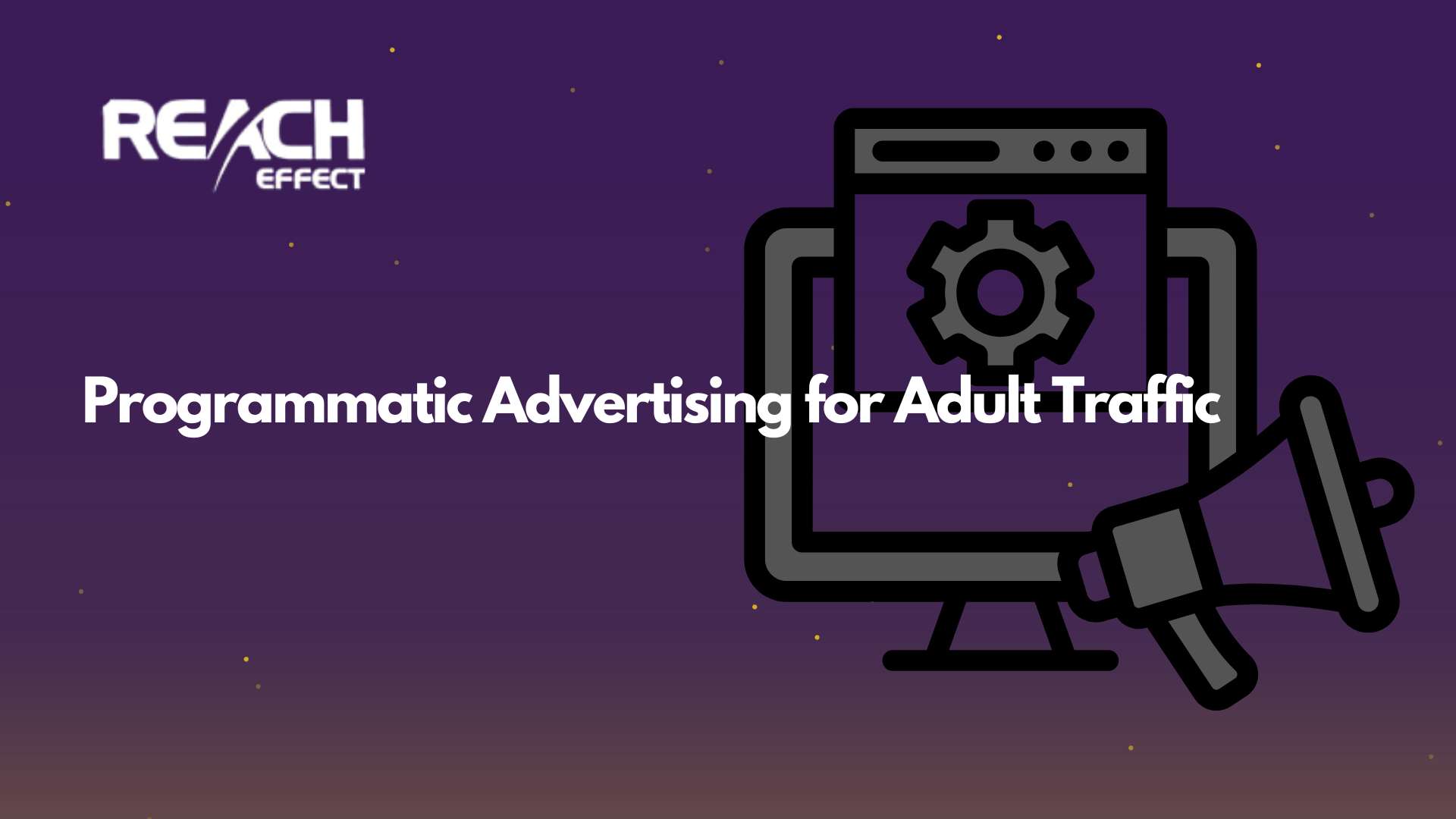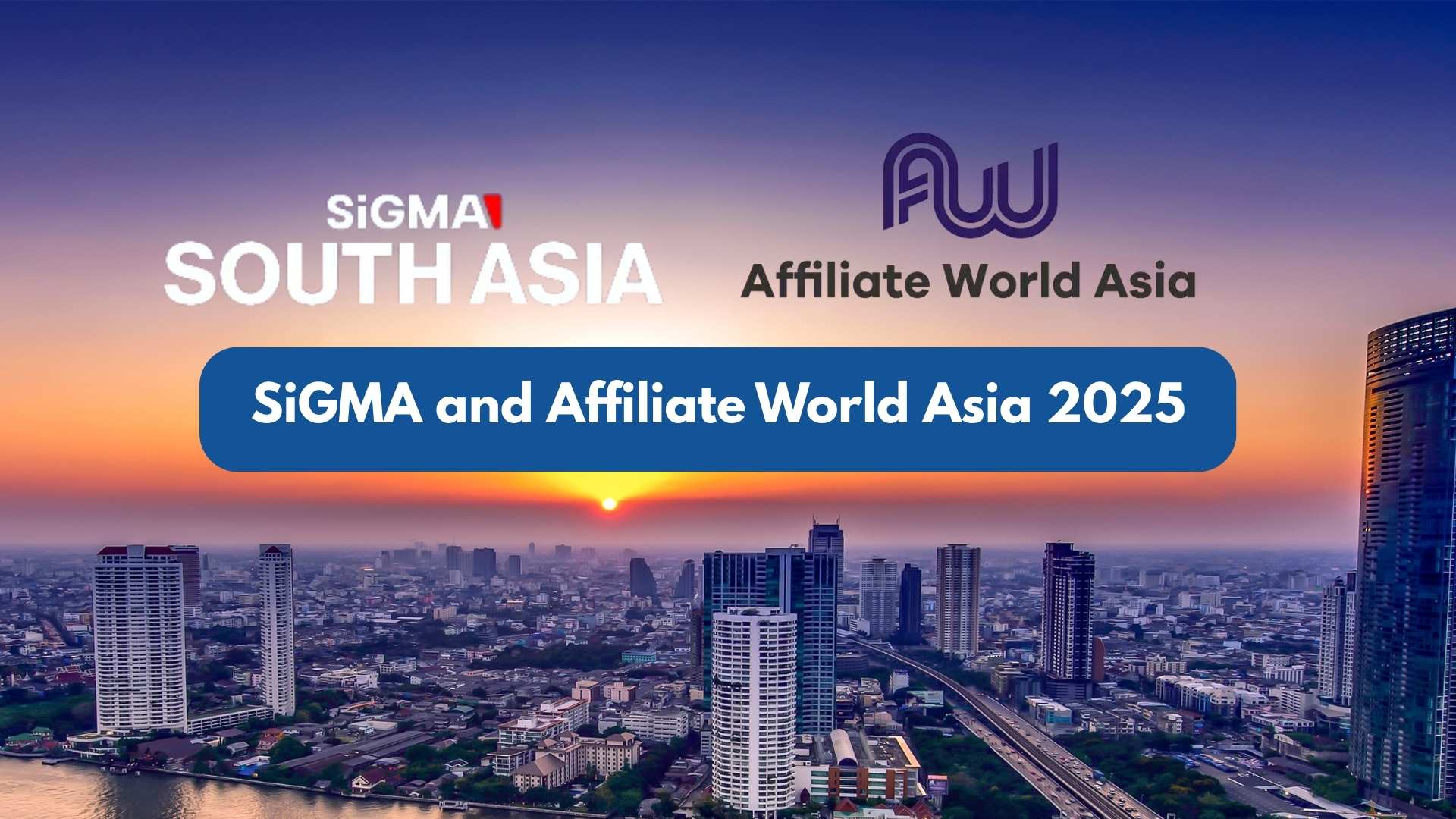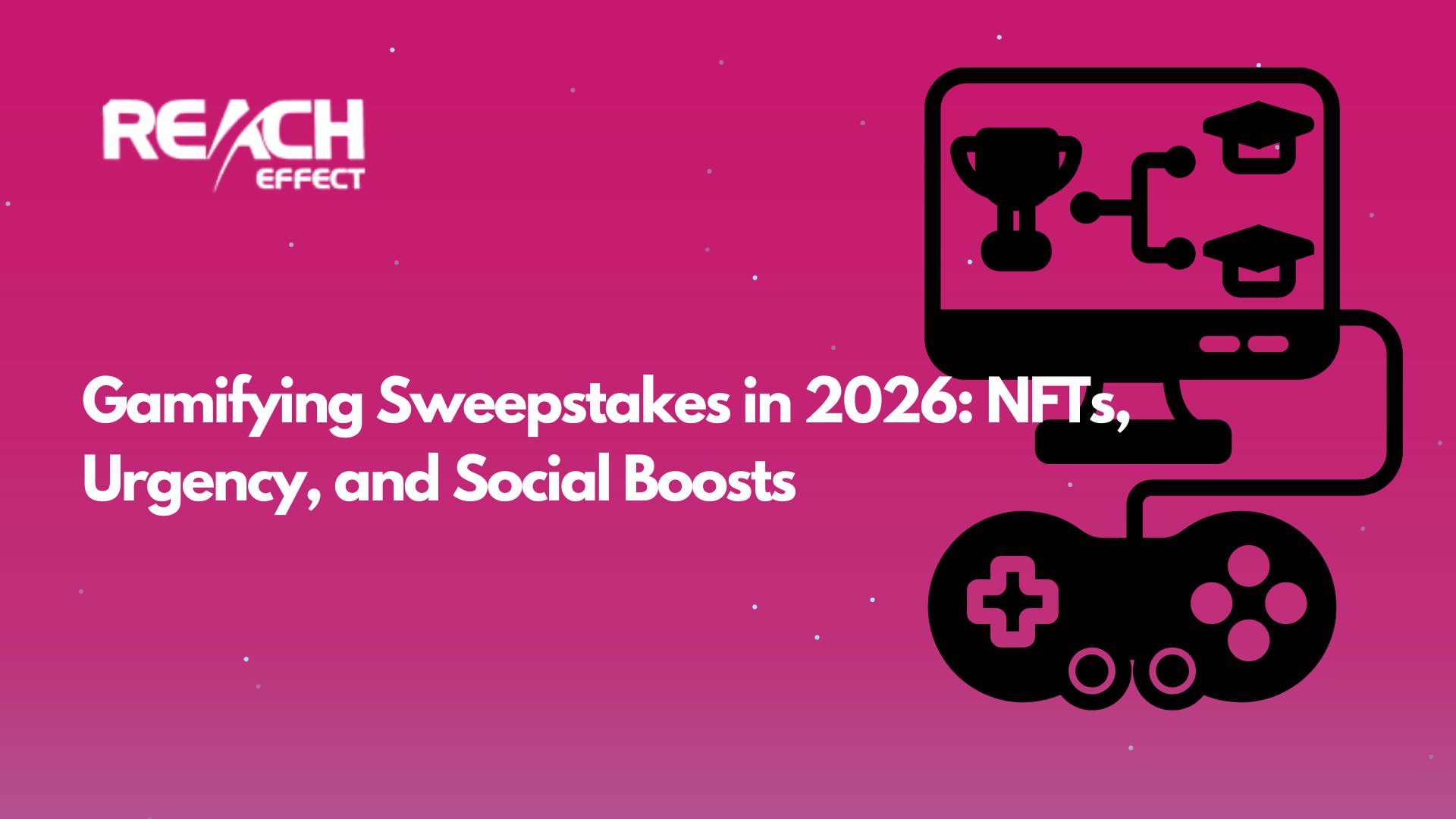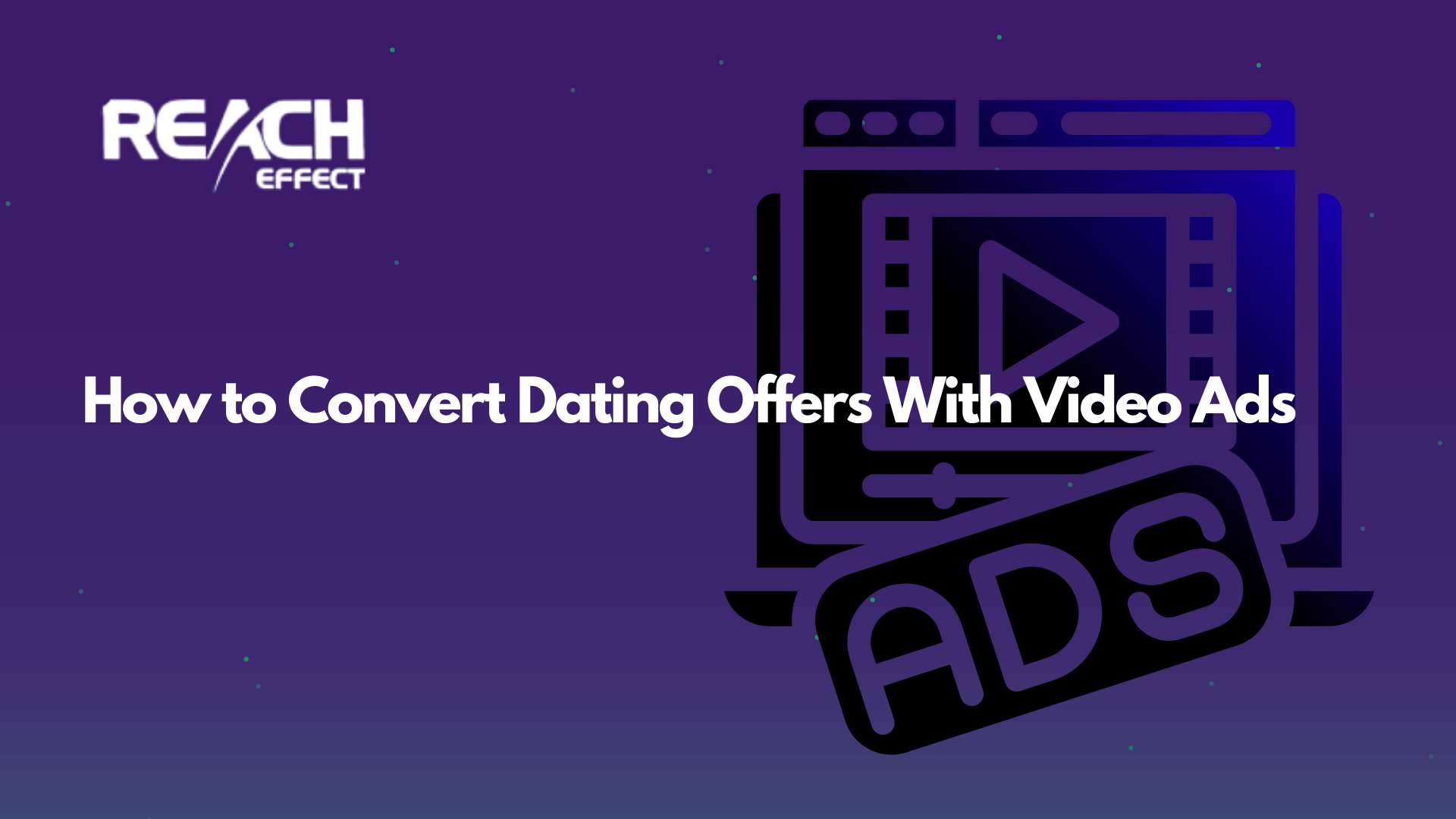The 728×90 ad banner delivers exceptional results when optimized correctly. This leaderboard format captures attention at the exact moment users land on a page, giving you a 3-second window to make an impression. Most advertisers waste this opportunity, but understanding the psychology behind banner ads can transform your campaigns.
Thank you for reading this post, don't forget to subscribe!Why the 728×90 Banner Ad Format Dominates
The 728×90 banner ad format works because it hijacks natural reading patterns. Users scan websites in an F-shaped pattern, spending most time on horizontal elements at the top of pages. This format sits perfectly in that prime attention zone.
Unlike other banner sizes that compete for space, the banner ad 728×90 claims the horizontal real estate that feels natural to users. It doesn’t interrupt content flow like vertical banners, yet it’s impossible to miss like smaller formats.
Advanced Design Strategies That Actually Convert
Most 728×90 banner ad examples follow outdated design rules. The highest-converting banners break traditional guidelines with strategic precision:
The 60-30-10 Color Psychology Rule:
- Primary color covers 60% of banner space (usually background)
- Secondary brand color takes 30% (headlines, borders, graphics)
- Accent color uses 10% for call-to-action buttons only
- This creates natural visual hierarchy without overwhelming users
Typography Hierarchy for Micro-Attention Spans:
- Headlines: 24-28px bold fonts that scan in under 1 second
- Subtext: 14-16px supporting details (limit to 5-7 words maximum)
- CTA text: 16-18px action words that create urgency
- Font families should contrast strongly with website fonts to stand out
Strategic White Space Allocation:
- Reserve 15-20% of banner space as intentional white space
- White space around CTA buttons increases click rates by 23%
- Cramped designs reduce perceived trustworthiness of offers
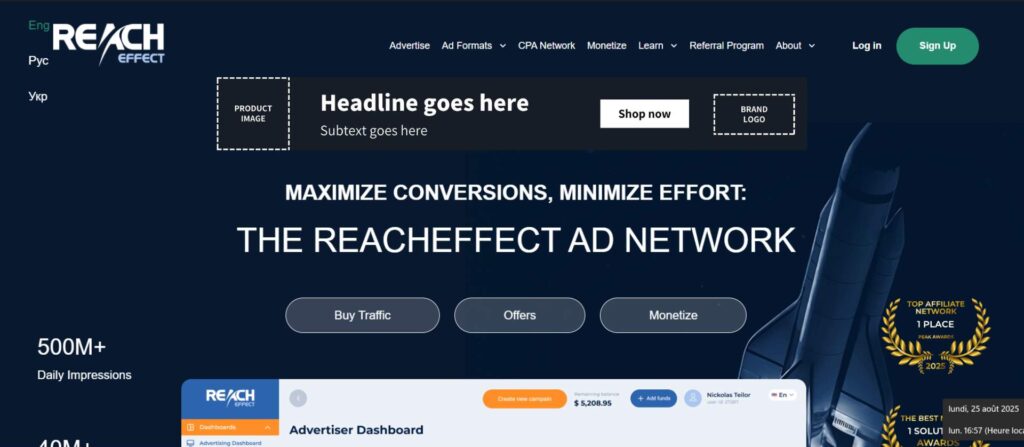
The Science Behind High-Converting Call-to-Action Placement
Your CTA button placement determines whether users take action or scroll past your banner. Research reveals that 728×90 banners perform differently than other formats due to horizontal eye-tracking patterns.
The Golden Ratio Positioning Method:
- Place CTA buttons at 618 pixels from the left edge (golden ratio point)
- This position captures attention after users process the main headline
- Buttons placed here see 34% higher click rates than center positioning
- Right-aligned buttons work for Western audiences, left-aligned for Middle Eastern markets
CTA Button Psychology Triggers:
- Use contrasting colors that don’t appear elsewhere on the host website
- Button text should create urgency without sounding desperate
- Size buttons at 120-140 pixels wide for optimal thumb-tap accuracy
- Add subtle shadows or gradients to create depth and clickability cues
The most successful campaigns use dynamic CTAs that change based on user behavior or time of day, something platforms like ReachEffect enable through advanced targeting capabilities.
Strategic Positioning That Maximizes Revenue
Banner placement affects performance more dramatically than most advertisers realize. The difference between top-performing and average-performing placements can be 400% in click-through rates.
Premium Placement Hierarchy:
- Header placements above navigation menus capture 67% more attention
- Between-paragraph positions in content see 43% higher engagement
- End-of-article placements work best for consideration-stage messaging
- Sidebar positions only work effectively on desktop with supporting content
Advanced Targeting Integration:
- Place product-focused banners on category pages for 2x higher conversion rates
- Use educational banners on blog posts to build trust before selling
- Deploy retargeting banners on high-traffic pages where prospects already browse
- Time-sensitive offers perform best on homepage headers during peak traffic hours
Smart advertisers using platforms like ReachEffect can automate placement optimization based on real-time performance data across thousands of websites simultaneously.
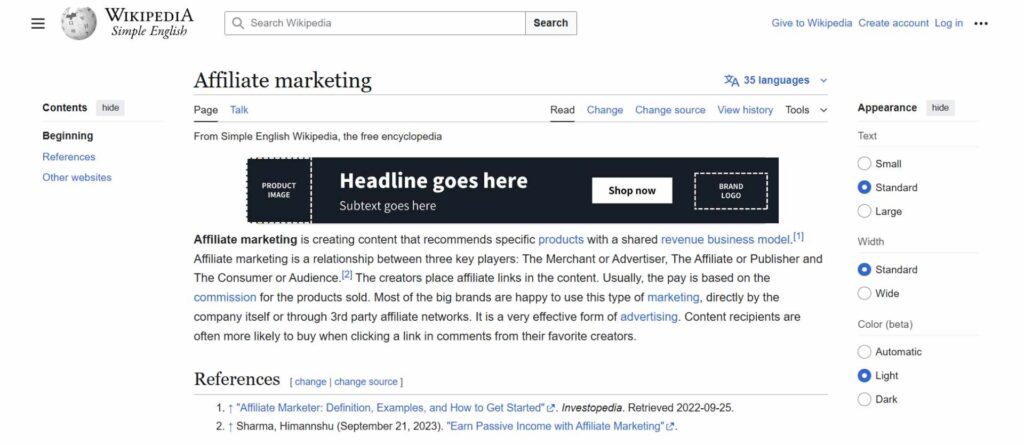
Mobile Optimization Secrets Most Advertisers Miss
Mobile users interact with 728×90 banners completely differently than desktop users. Touch behavior, attention spans, and viewing contexts require specific optimization strategies.
Standard responsive scaling destroys banner effectiveness. Instead, create mobile banner ads that work beautifully on small screens, then scale up for desktop. This approach preserves readability and maintains conversion rates across all devices.
Touch-friendly elements become critical for mobile success. CTAs need finger-sized touch targets and shouldn’t sit near screen edges where accidental taps occur. Mobile users also prefer single-tap actions over multi-step processes that desktop users tolerate.
Testing Strategies That Reveal Hidden Opportunities
Most advertisers test obvious elements like colors and headlines. The biggest performance gains come from testing psychological triggers and timing elements that competitors ignore.
Test scarcity messaging against benefit-focused headlines. Limited-time offers often outperform feature-heavy banners, but the sweet spot varies by industry and audience maturity.
Frequency capping strategies deserve more attention than creative testing. The same banner shown to users 2-3 times often performs better than showing different creative versions once each.
Sequential messaging campaigns using 728×90 banners can guide prospects through awareness, consideration, and decision stages more effectively than single-impression strategies.
Industry Performance Benchmarks and Insider Insights
Different industries see dramatically different performance levels with 728×90 banner ads. Understanding these benchmarks helps set realistic expectations and identify optimization opportunities.
E-commerce banners featuring product images and clear pricing information typically achieve 1.2-2.1% click-through rates. Service-based companies focusing on benefit-driven messaging see lower click rates (0.8-1.4%) but higher conversion values.
B2B companies often overlook the power of educational banner content. Banners offering valuable resources like industry reports or exclusive webinars can achieve 3-5% click rates when targeted correctly.
Financial services face unique challenges with compliance requirements, but trust signals and social proof elements can significantly boost performance within regulatory guidelines.
Advanced Measurement and ROI Optimization
Smart measurement goes beyond basic click-through rates. View-through conversions, assisted conversions, and brand lift metrics provide deeper insights into banner campaign effectiveness.
The most successful campaigns track micro-conversions that indicate progression through the marketing funnel. Email signups, content downloads, and product page visits all serve as leading indicators of ultimate conversion success.
Cost per acquisition varies dramatically based on targeting precision and creative quality. The best-performing 728×90 banners achieve 40-60% lower CPAs than industry averages through superior targeting and messaging alignment.
Critical Mistakes That Kill Campaign Performance
Most 728×90 banner ad failures stem from predictable mistakes that destroy user trust and engagement.
Overcrowding the banner with multiple messages confuses users and reduces action-taking. The limited 90-pixel height demands ruthless focus on one primary value proposition. Supporting details belong on landing pages, not in banners.
Poor image compression creates fuzzy graphics that damage brand perception. Always use high-resolution images optimized for web delivery. Blurry banners signal unprofessional businesses that users avoid clicking.
Generic stock photography kills authenticity and trust. Users recognize overused stock images instantly, which reduces credibility and click-through rates by 25-40% compared to original imagery.
Ignoring loading speed considerations frustrates users and hurts performance. Optimize banner file sizes aggressively, especially for mobile users who might have slower connections or limited data plans.
Future-Proofing Your 728×90 Banner Strategy
The digital advertising landscape evolves rapidly, and successful advertisers adapt their banner strategies accordingly. Interactive elements, personalized messaging, and AI-powered optimization are reshaping banner advertising effectiveness.
Privacy regulations like GDPR and iOS tracking changes are forcing advertisers to rely more heavily on first-party data and contextual targeting. This shift actually benefits well-designed 728×90 banners because they can succeed without invasive tracking methods.
Machine learning algorithms now enable dynamic creative optimization that automatically adjusts messaging, colors, and calls-to-action based on real-time performance data. This technology helps smaller advertisers compete with enterprise-level campaign management.
The future belongs to advertisers who combine human creativity with data-driven optimization. Understanding user psychology remains crucial, but automation handles the tedious testing and optimization tasks that previously required manual management.


